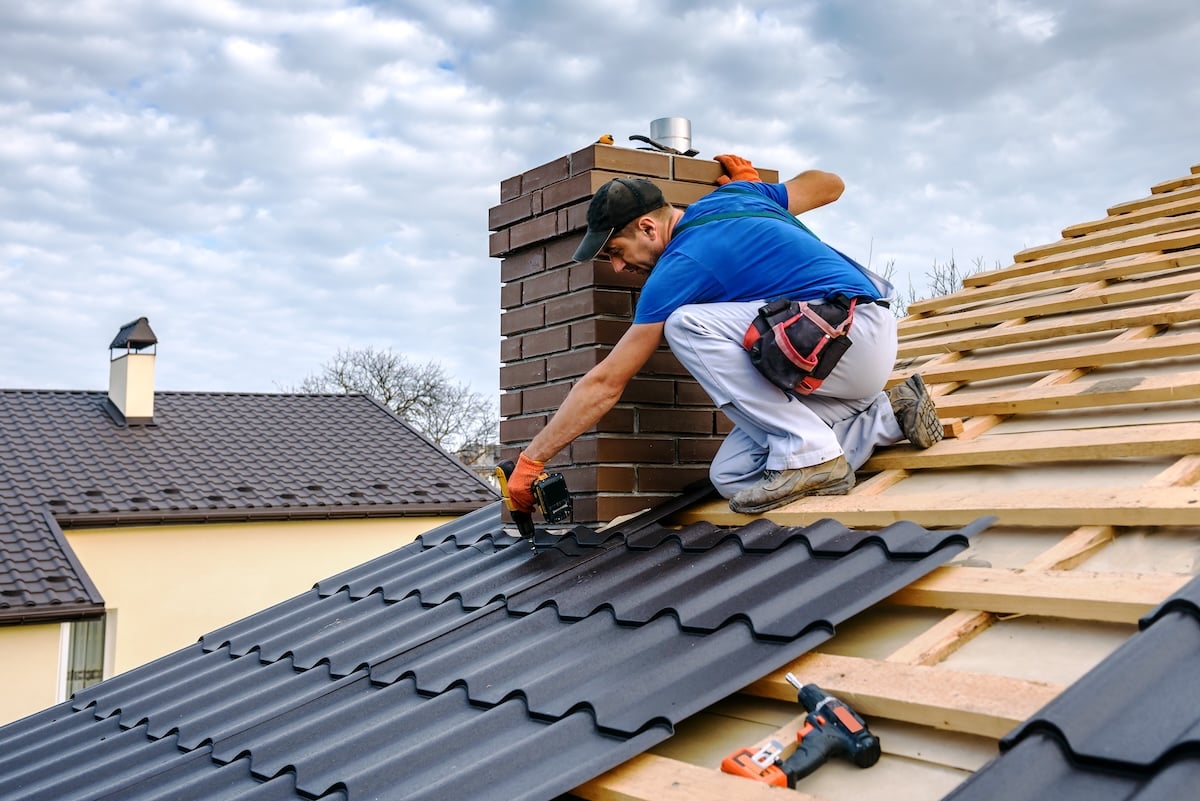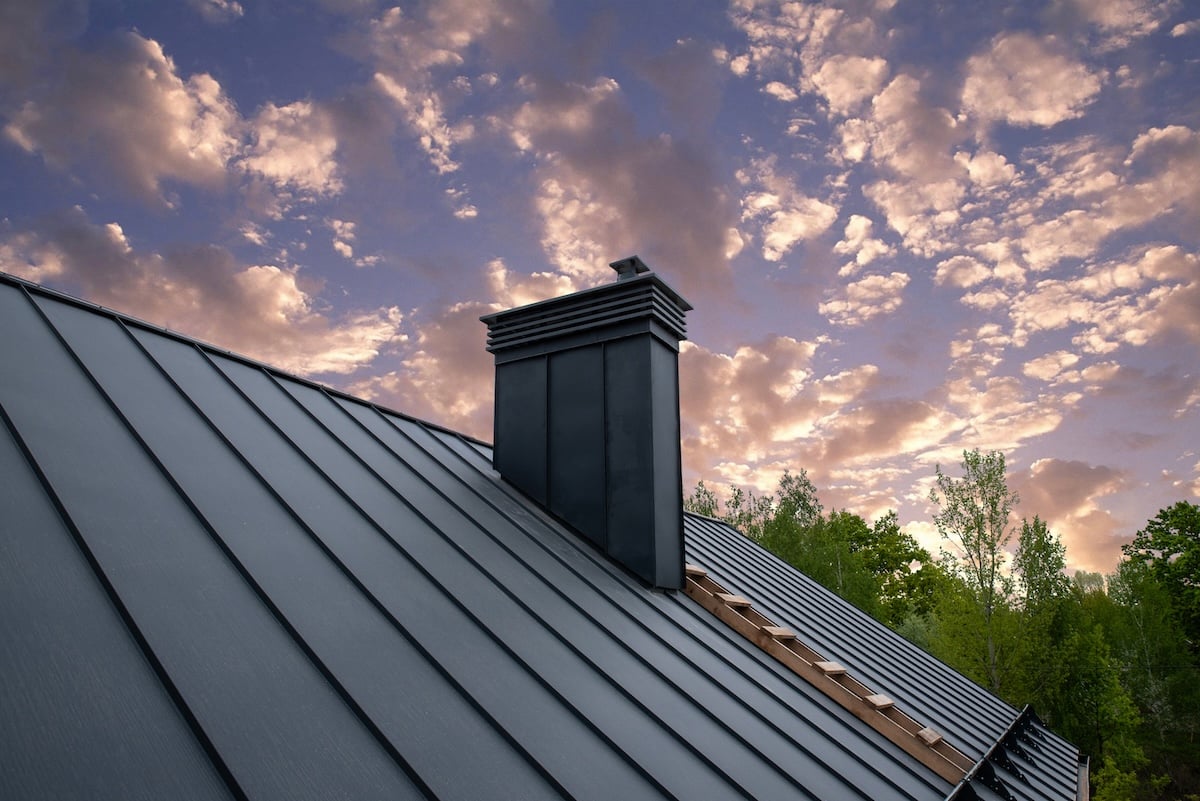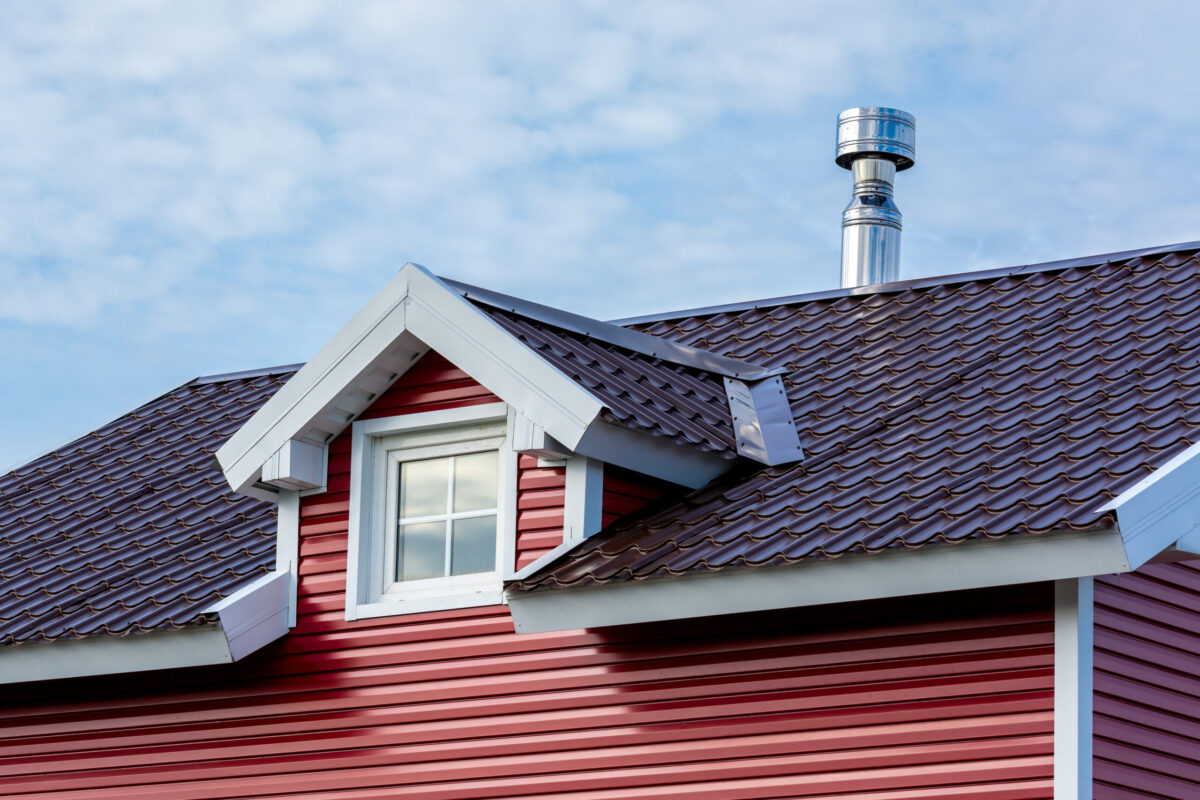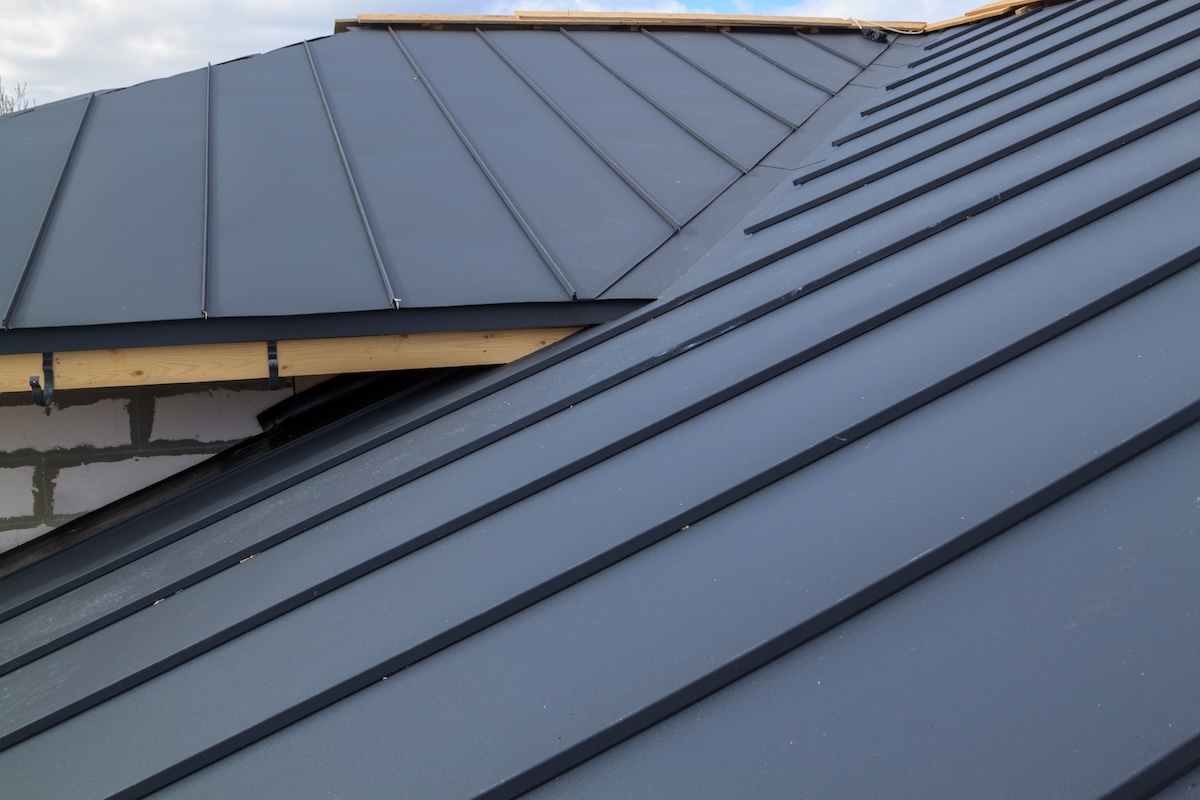
Metal Roof Installation (Step-By-Step Guide)
When it comes to long-lasting, energy-efficient roofing, few options rival the durability and curb appeal of a metal system. Homeowners in Folsom and surrounding areas are increasingly turning to metal roof installation to protect their homes, cut maintenance costs, and boost resale value. Whether you’re replacing an aging shingle roof or building new, understanding the process helps you make confident, informed decisions.
To explore material options and local installation services, you can learn more about professional metal roofing solutions available in your area.
Here’s what you’ll learn in this guide:
- The key benefits of metal roofing for homeowners
- A complete breakdown of the installation process
- Tips to ensure your roof performs at its best
- How to choose the right contractor for lasting results
Why Metal Roofing Is Worth the Investment

Metal roofs are built to last, offering unmatched performance compared to traditional asphalt systems. Beyond their sleek aesthetic, they deliver practical benefits that save money and stress over time.
- Long-Term Durability: A properly installed metal roof can last 40–70 years, often double or triple the lifespan of shingles. It withstands harsh weather, high winds, and debris with minimal wear.
- Energy Efficiency: Metal reflects solar heat instead of absorbing it, reducing indoor cooling demands. This makes it ideal for Folsom’s sunny climate, helping lower energy bills year-round.
- Fire Resistance: Unlike wood or asphalt, metal roofing won’t ignite from sparks or lightning, offering peace of mind in areas prone to wildfires.
- Eco-Friendly Materials: Most metal panels are made from recycled content and are fully recyclable at the end of their lifespan, making this one of the most sustainable roofing options available.
- Low Maintenance: You’ll spend less time on repairs and upkeep. Periodic inspections and occasional cleaning are usually all that’s required to keep it performing like new.
7 Steps of Metal Roof Installation
Installing a metal roof requires precision, planning, and skilled workmanship. Here’s a detailed look at the process from start to finish so you know exactly what to expect.
1. Roof Assessment and Planning
The process begins with a detailed inspection of your existing roof. The contractor checks for structural damage, rot, or sagging areas that must be addressed before installation. Accurate measurements ensure the panels fit perfectly and align correctly with your roof’s pitch.
Additional considerations include:
- Type of metal (steel, aluminum, or copper)
- Preferred panel style (standing seam, corrugated, or shingles)
- Underlayment and insulation requirements
- Flashing and ventilation design
2. Removal of the Old Roofing Material
If the existing roof is in poor condition, old shingles or tiles are removed to create a smooth, stable base. This step is essential to prevent uneven surfaces that can compromise metal panel alignment or waterproofing.
In some cases, a metal roof can be installed directly over an existing layer if local building codes permit and the structure can handle the weight. Your contractor will help determine the best approach.
3. Preparing the Roof Deck
Once cleared, the roof deck is inspected and repaired if needed. Rotten wood is replaced, and the surface is cleaned of debris and nails. A high-quality underlayment or synthetic moisture barrier is then rolled out to provide extra protection against leaks and condensation.
Many homeowners in Folsom and surrounding areas also add a radiant barrier layer at this stage to improve energy efficiency during the hot summer months.
4. Installing Flashing and Trim
Flashing and drip edges are installed along the eaves, valleys, and other critical joints to redirect water away from vulnerable areas. Proper flashing placement is one of the most important steps in preventing long-term leaks.
Contractors use corrosion-resistant materials and precise bends to ensure every transition—from chimneys to skylights—is watertight.
5. Laying Out and Securing Metal Panels
Next, the panels are aligned and secured from the eaves upward. Contractors use specialized fasteners or hidden clips (depending on the system) to lock panels into place without compromising waterproofing.
During this stage, it’s essential to:
- Maintain uniform spacing and alignment
- Avoid over-tightening screws, which can cause warping
- Overlap panels properly for seamless water flow
Standing seam roofs, for instance, feature concealed fasteners that allow metal to expand and contract with temperature changes, reducing stress over time.
6. Sealing and Finishing Touches
After all panels are in place, sealants are applied to seams and edges for extra protection. Ridge caps, vents, and trim are added to create a polished look and ensure optimal airflow throughout the attic.
Finally, the crew performs a full inspection to confirm every component meets manufacturer specifications. Clean-up includes removing debris, metal scraps, and ensuring your property is left spotless.
7. Final Inspection and Quality Check
A reputable roofing team will perform a final quality check to verify that the roof meets code, aligns evenly, and provides a watertight seal. They’ll also review maintenance recommendations, warranty coverage, and what signs to watch for over time.
Key Tips for a Successful Metal Roof Installation

Even the best materials can fail if installation isn’t done correctly. Here are a few best practices to maximize performance and longevity.
- Hire Certified Professionals: Choose contractors with proven experience installing metal systems. Specialized tools and techniques are required to handle expansion, fastener placement, and panel layout properly.
- Choose the Right Metal Type: Steel offers strength and cost efficiency, aluminum resists corrosion, and copper delivers timeless beauty. Your installer can help balance appearance, performance, and budget.
- Prioritize Ventilation: Proper airflow prevents condensation buildup and prolongs both roof and attic life. Ensure ridge vents and soffit vents are installed and balanced.
- Check for Energy Star-Rated Finishes: High-reflectivity coatings reduce heat absorption, improving comfort and cutting energy use.
- Maintain with Care: Schedule periodic roof inspections—especially after major storms—to catch minor issues before they grow. Clean gutters and remove debris that could trap moisture.
Comparing Metal Roofs to Other Roofing Materials
Metal roofing has come a long way from its industrial beginnings. Today’s systems outperform most alternatives in both function and style.
| Feature | Metal Roofing | Asphalt Shingles | Tile Roofing | Wood Shakes |
| Average Lifespan | 40–70 years | 15–25 years | 30–50 years | 20–30 years |
| Energy Efficiency | Excellent | Moderate | Good | Poor |
| Fire Resistance | High | Moderate | High | Low |
| Maintenance | Low | Moderate | Moderate | High |
| Weight | Light to Medium | Light | Heavy | Medium |
| Eco-Friendliness | High | Low | Moderate | Low |
| Cost | Medium to High | Low | High | Medium |
Metal roofing provides a balance of aesthetics, performance, and long-term value unmatched by most materials. While the upfront investment is higher, the extended lifespan and lower maintenance costs often make it the smarter financial choice.
Common Questions About Metal Roof Installation
Homeowners often have practical questions before investing in a metal roof, especially when comparing it to traditional materials. Understanding these details helps you feel confident about your decision and prepares you for what to expect during and after installation. Below are answers to some of the most common questions about metal roofing systems.
Can I install a metal roof over my existing shingles?
In some cases, yes. If the underlying structure is sound and building codes allow, metal panels can be placed over shingles using furring strips or specialized systems. This approach saves on labor and disposal costs but requires professional evaluation first.
Will a metal roof make my home noisier in the rain?
No. When properly installed with underlayment and insulation, metal roofs are no louder than asphalt shingles. The noise is usually absorbed by the attic and ceiling materials.
Does metal roofing rust?
High-quality metal roofing is coated with protective layers of zinc, aluminum, or specialized paint finishes that prevent corrosion. With basic care, rusting is rarely an issue.
How does metal roofing perform in Folsom’s weather?
It excels. Metal panels reflect heat during hot summers and shed rain efficiently during storms. They’re also highly resistant to wind damage, making them a smart choice for this region and surrounding areas.
Is the investment really worth it?
Absolutely. Between the long lifespan, reduced energy bills, and minimal maintenance, homeowners often recoup much of the cost through savings and increased property value.

Ready to Upgrade Your Roof?
Whether you’re replacing an old system or starting fresh, a professionally installed metal roof offers decades of protection, beauty, and performance. For homeowners in Folsom and surrounding areas, choosing an experienced local roofing contractor ensures the job is done right from day one.
To discuss your project or request an estimate, contact us today at Titan Roofing Solutions and see why more homeowners are making the switch to metal roofing systems built to last.



Comment (0)